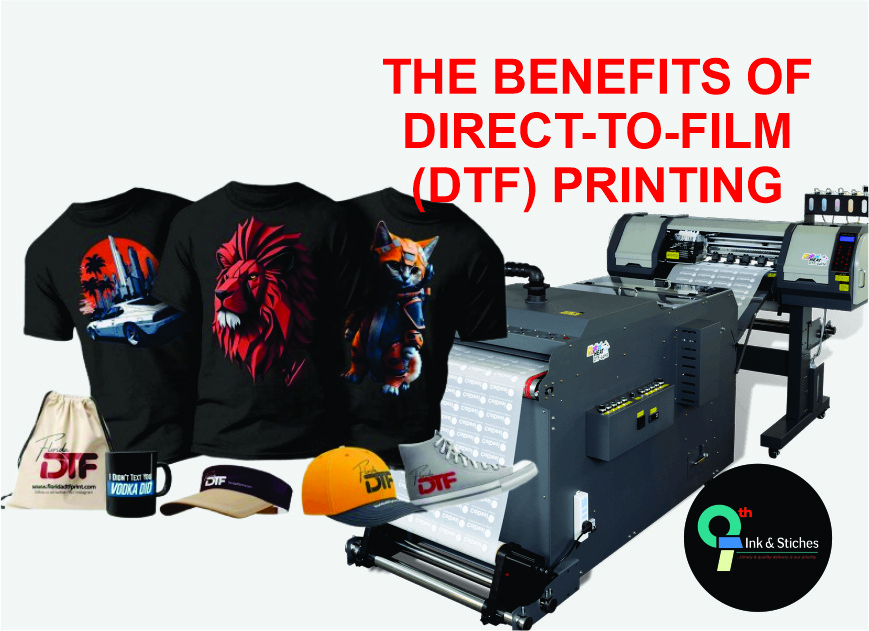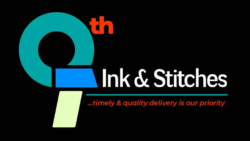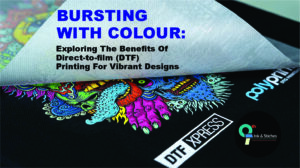
What is DTF Printing?
Direct-to-film (DTF) printing is a game-changing technology in the world of textile decoration. This innovative method involves printing designs onto a special film before transferring them onto fabric. It’s quickly gaining popularity among both small businesses and large-scale manufacturers due to its versatility and efficiency.
Advantages of DTF Printing
Versatility in Fabric Selection
One of the standout benefits of DTF printing is its ability to work with a wide range of fabrics. Unlike other printing methods, DTF isn’t limited to cotton or polyester. It can be used on:
- Natural fibres like silk and wool
- Synthetic materials such as nylon and spandex
- Blended fabrics
- Even challenging surfaces like leather and denim
This flexibility makes DTF printing an excellent choice for various products, from t-shirts and hoodies to bags and hats.
Superior Print Quality
DTF printing delivers exceptional print quality, rivalling that of screen printing. The process allows for:
- Vibrant, long-lasting colors
- Precise details and fine lines
- Smooth gradients and photorealistic images
The result is a professional-looking print that matches repeated washing and wear.
Cost-effective for Small Runs
For businesses or individuals looking to produce small quantities, DTF printing offers a cost-effective solution. Unlike screen printing, which requires setup costs for each color, DTF printing is:
- More affordable for small-batch orders
- Ideal for customized or personalized items
- Perfect for testing new designs before large-scale production
Eco-Friendly Option
In an era where environmental concerns are paramount, DTF printing stands out as a more eco-friendly alternative to traditional printing methods. It uses:
- Water-based inks that are less harmful to the environment
- Less water in the printing process
- Fewer chemicals overall
This makes DTF printing a responsible choice for environmentally conscious businesses and consumers.
The DTF Printing Process
Understanding the DTF printing process helps appreciate its benefits:
- Design Creation: The image is digitally prepared for printing.
- Film Printing: The design is printed onto a special transparent film.
- Powder Application: A hot-melt adhesive powder is applied to the wet ink.
- Curing: The film is heated to melt the powder and cure the ink.
- Transfer: The design is then transferred onto the fabric using heat and pressure.
This process ensures a durable, high-quality print that adheres well to various fabrics.
Conclusion
DTF printing is revolutionizing the textile printing industry with its versatility, quality, and cost-effectiveness. Whether you’re a small business owner looking to create custom merchandise or a large manufacturer seeking efficient production methods, DTF printing offers significant advantages. As technology advances, we can expect DTF printing to play an increasingly important role in the future of textile decoration.



